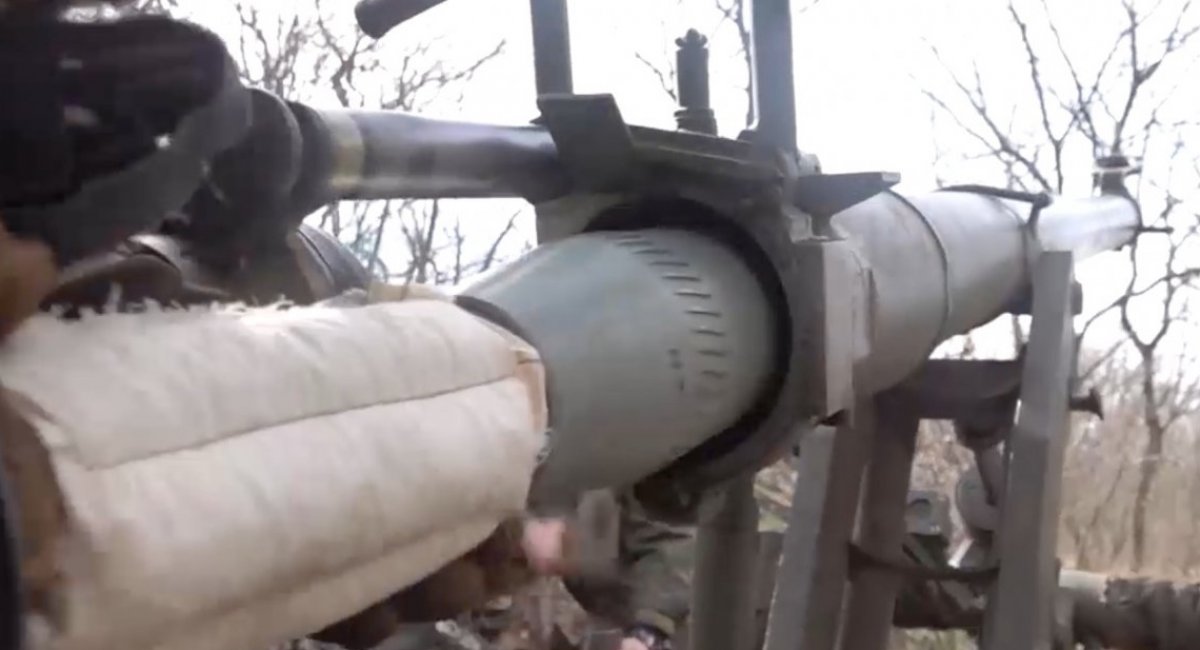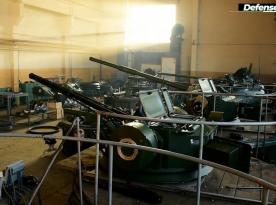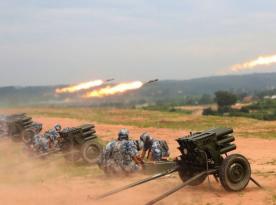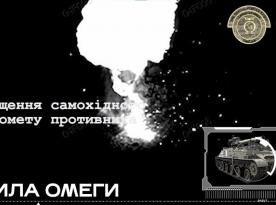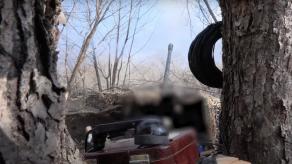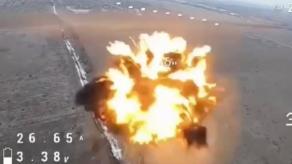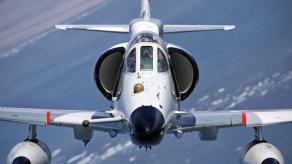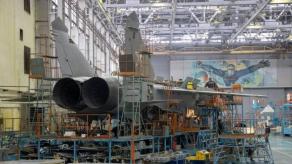Ukraine's Armed Forces are confirmed to be in possession of at least one captured 2B23 "Nona-M1" 120mm mortar — a very rare piece of russian artillery. Footage of this system recently surfaced on social media. Initially, it was mistakenly identified as the M-160, a 160mm divisional mortar from 1949, which is today considered an exotic relic.
However, upon closer analysis, the mortar turned out to be the much more modern and equally rare "Nona-M1".
Read more: russian Invaders Use Chemical Weapons for Third Consecutive Week on the Siversk Axis
Caption for the video in the post above: Rare footage of the use of the M-160 mortar (160-mm divisional mortar of the 1949 model) in the Armed Forces of Ukraine
Interestingly, the 2B23 does not appear in open-source intelligence logs such as Oryx, which systematically tracks russian equipment losses and captured assets by Ukrainian forces. According to The Military Balance 2024, over 50 units of the 2B23 are in service with russia’s Airborne Forces, while up to 20 more are fielded by Belarus — underscoring the system’s limited availability.
The 2B23 "Nona-M1" is a towed, rifled 120mm mortar system of Russian origin. Development began in 2000, with state trials held from 2005 until its official adoption in 2007. It was designed by TsNIITochMash (Central Scientific Research Institute for Precision Machine Engineering), with prototype production handled by the Motovilikha Factory .

What sets the "Nona-M1" apart from conventional mortars is its rifled barrel, which allows it to fire both standard 120mm mortar rounds and specialized shells used by the wider "Nona" family of artillery systems. The system has a maximum range of up to 7,200 meters with standard mortar bombs, 8,800 meters with high-explosive fragmentation projectiles (at a rate of fire of 10 rounds per minute), and up to 12,800 meters with rocket-assisted munitions.
One notable aspect of the Nona-M1 is its near-invisibility in russian military propaganda. In fact, it was only about a year ago that the first verified images of the Nona-M1 being used in combat were published in russian media. Its low profile and rarity make this capture by Ukrainian forces both technically and symbolically significant — not only for battlefield analysis but also as a marker of the evolving landscape of russian military hardware seen in Ukraine.
Read more: Ukrainian Intelligence Sabotages Power Substation in Kaliningrad, Disrupting russian Military Industry




